How to Unclog a Sink Drain
Three Easy Methods for Kitchen & Bathroom Sinks
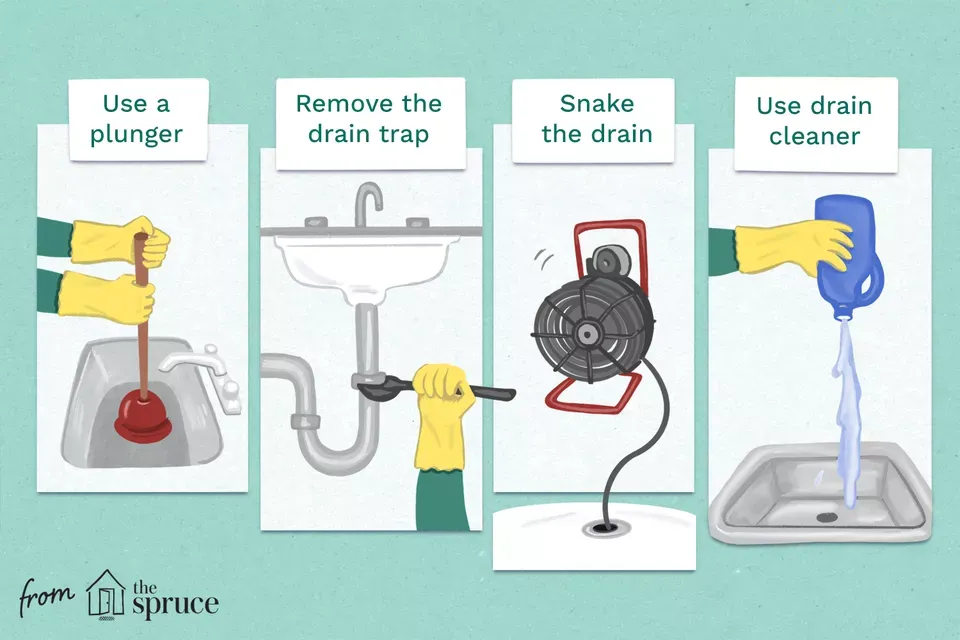
Occasional clogs in the sink, tub, or shower drains are a fact of life. They are usually caused by localized clogs in the drain trap or branch drain for a single fixture. However, if you have several fixtures that are draining slowly or not draining at all, the problem may be in the main drain or sewer line in your home.
Most clogs ultimately get cleared with a proper plunging, but you can first try an easy hot-water trick before pulling out your plunger. On the other hand, if the clog proves to be too much for plunging, you can snake the drain with a drain snake or auger.
Try Using Boiling Water to Fix a Clogged Sink
Most clogs in sinks and tubs are due to a combination of hair, grease, soap residue, and tepid water that are trapped in the drain trap right below the drain opening. If you have metal pipes, you can try to loosen the clog with hot water—very hot. Pouring a pot of boiling water directly down the drain into the trap may dissolve the clog, especially if it consists of soap scum or grease. Hot tap water won't do the trick—it has to be boiling water.
Warning
Do not pour the boiling water directly into a porcelain sink, but a down the drain. And do not use boiling water if you have plastic (PVC) pipes since water hotter than 175 F can soften some types of PVC pipe. For plastic pipes, attempt to clear the clog using a plunger.
1) On your stove, boil a gallon of water in a large pot or tea kettle.
2) Carefully carry it over to the clogged sink.
3) Slowly pour the boiling water into the drain (not directly onto the porcelain), and see if it dissolves the clog. If not, proceed to plunge the drain.
What You'll Need
Equipment / Tools
- Pot or tea kettle (for boiling water)
- Cup drain plunger
- Sink auger (for stubborn clogs)
- Tongue-and-groove pliers (if needed)
- Bucket (if needed)
Materials
- Duct tape (or rag)
Instructions
How to Unclog a Sink Using a Plunger
Two types of drain plungers are common for home use: the cup plunger, and the flange plunger (also called a toilet plunger). For working in sinks, showers, and tubs, use a cup plunger.
1) Prepare for Plunging
- If you are working on a bathroom sink, seal the sink overflow outlet found at the top of the sink bowl, just under the rim. Cover the hole with a piece of duct tape or stuff it with a damp rag.
- If you are working on a bathtub, apply duct tape over the overflow opening at the front of the tub.
- If the clog is in a kitchen sink, lift out the removable basket strainer. If the clog is in a bathroom sink, remove the drain stopper. Try lifting it out or turning and lifting.
2) Fill With Water
Fill the sink bowl, tub, or shower pan with several inches of water. This will allow the cup of the plunger to form a tight seal.
3) Seal Plunger
Place the cup plunger over the drain opening and make sure it has a good seal against the surface around the drain.
4) Use Your Plunger
Using quick, sharp plunges, pump up and down several times to attempt to clear the obstruction. You may need to hold your hand over the duct tape or wet rag sealing the overflow opening—the air pressure caused by the plunging motion may cause the tape to loosen.
5) Run Water
Let the faucet run for a minute or two after the drain is clear.
6) Replace Stopper
Remove the overflow outlet seal and replace the drain stopper or sink basket.
Use a Sink Auger for Stubborn Clogs
If the plunger did not clear the clog, try a sink auger (also called a drum or canister auger or a drain-cleaning snake.
1) Remove Stopper
Remove the drain stopper, as applicable.
2) Insert Auger
Extend the auger cable into the drain opening. When you feel it bump up against the clog, pull out about 12 inches more of the cable and tighten the setscrew on the auger canisters.
3) Turn the Auger Handle
Turn the crank handle of the auger clockwise while applying moderate pressure on the cable. The cable end may get stuck on the clog or bends in the pipe; turning the cable helps break up the clog or get the cable end past the bend.
4) Extend Cable as Needed
Extend more cable as required until you feel you've worked through the clog. This should work if the clog is in the trap.
5) Remove Auger From Drain
Pull the cable out of the pipe, pushing it back into the canister as you go. The cable may have a large hair clog stuck to its end when it comes out of the drain.
6) Repeat Process
Repeat the process as needed until the clog is cleared.
7) Run Water
Flush with hot water from the faucet once the drain starts to flow.
If you have extended the cable all the way through the trap without contacting a clog, then the clog is probably in the branch drain or the vertical drain stack in the wall past the branch drain. To get at these pipes, you'll have to remove to the drain trap.
Remove the Drain Trap to Auger the Branch Drain
For clogs beyond the trap, getting to them is a bit more work but is still fairly easy.
1) Prepare Your Bucket
Place a bucket under the trap to catch the water that will come out once the trap is removed.
2) Remove Slip Nuts and Drain Trap
Loosen the slip nuts at each end of the trap with tongue-and-groove pliers or a pipe wrench. Remove the slip-nuts and the trap. Note how the nylon slip washers are oriented on the pipe, to make reassembly easier.
3) Dump Water
Dump the water in the trap into the bucket. Water will also drain from the disconnected ends of the pipe.
4) Insert Auger
Insert the auger cable into the horizontal section of the drainpipe, tighten the setscrew, and crank the cable, as before. If the end of the cable gets stuck at a pipe bend, cranking the auger and applying pressure will help get it past the bend.
5) Extend Cable as Needed
Work the cable farther into the drain until you feel you've worked through the clog, then remove the cable.
6) Replace Drain Trap and Flush
Reassemble the drain trap and flush the drain with hot water from the faucet to clear any remaining debris.
What About Chemical Drain Cleaners?
If all else fails and you want to use a drain cleaner, opt for a mild, non-toxic and biodegradable drain cleaner. You can also try a baking soda and vinegar solution.
Do not use chemical drain cleaners. They may cause damage to the environment or the drain pipes in your plumbing system, and these caustic chemicals can be very dangerous to use.
In addition to their danger, chemical cleaners rarely work on stubborn clogs. And after they fail, you will be left with a sink full of water and toxic chemicals that need to be bailed out by hand.
Source: https://www.thespruce.com/how-to-unclog-a-sink-1824913

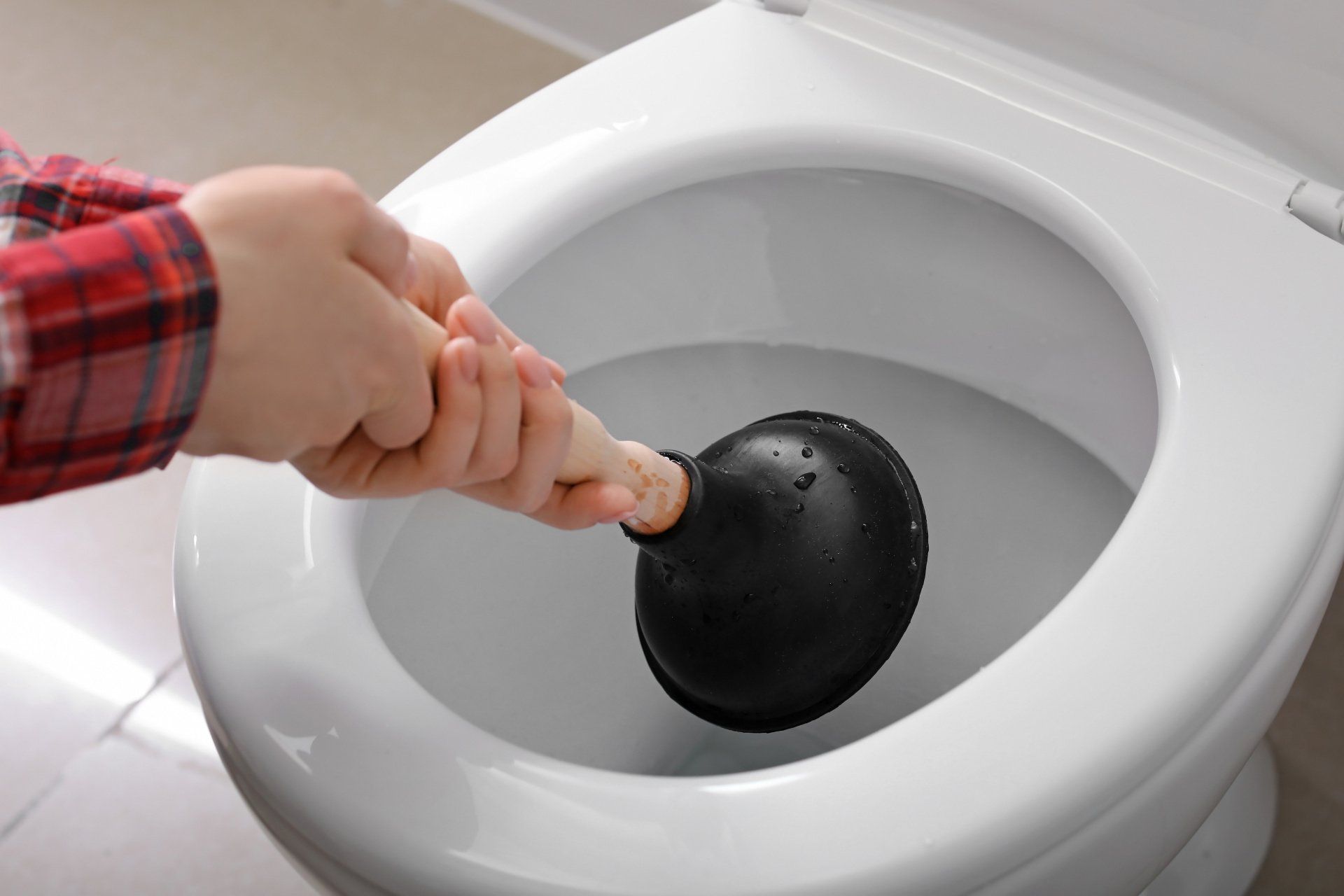
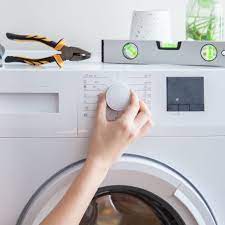
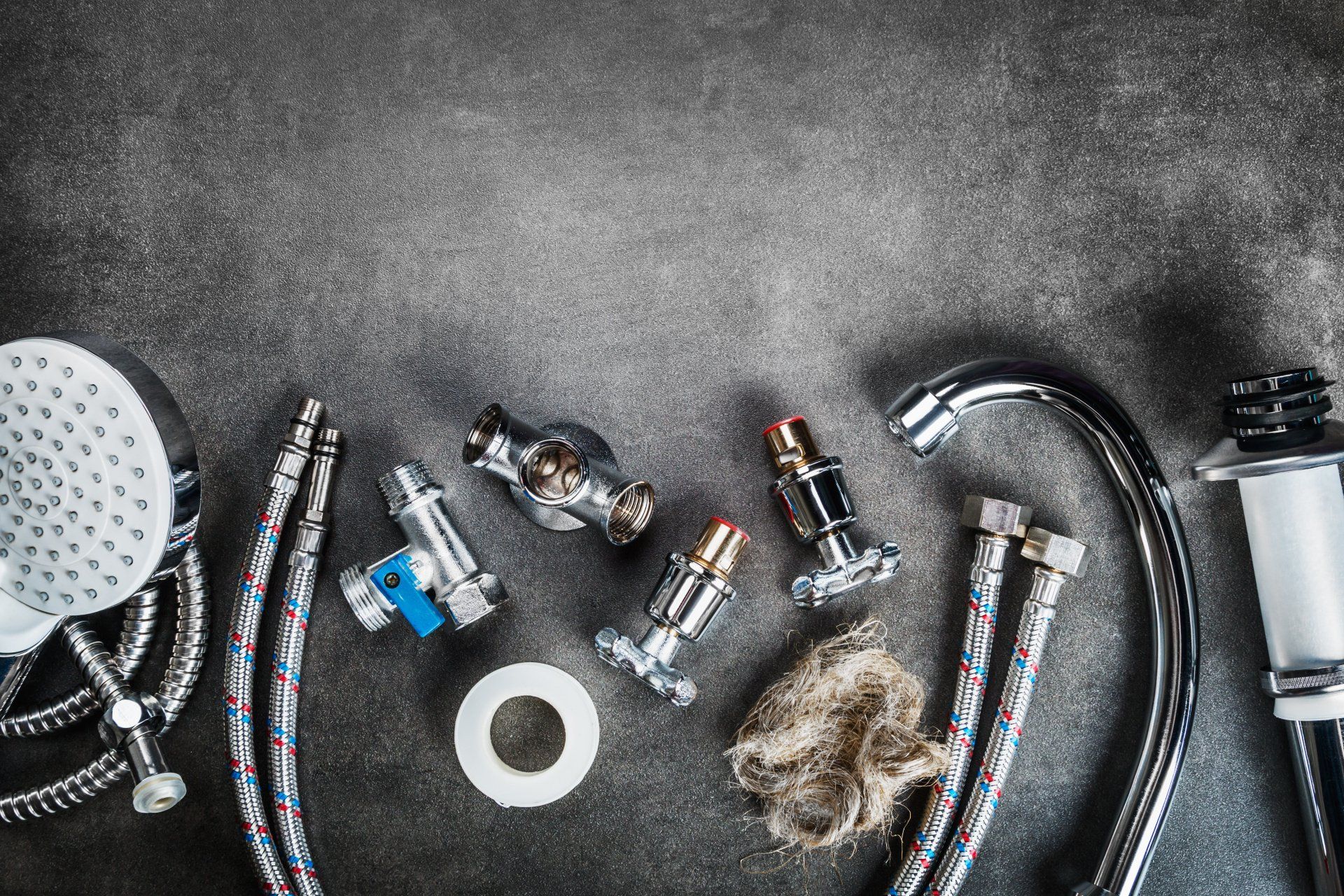
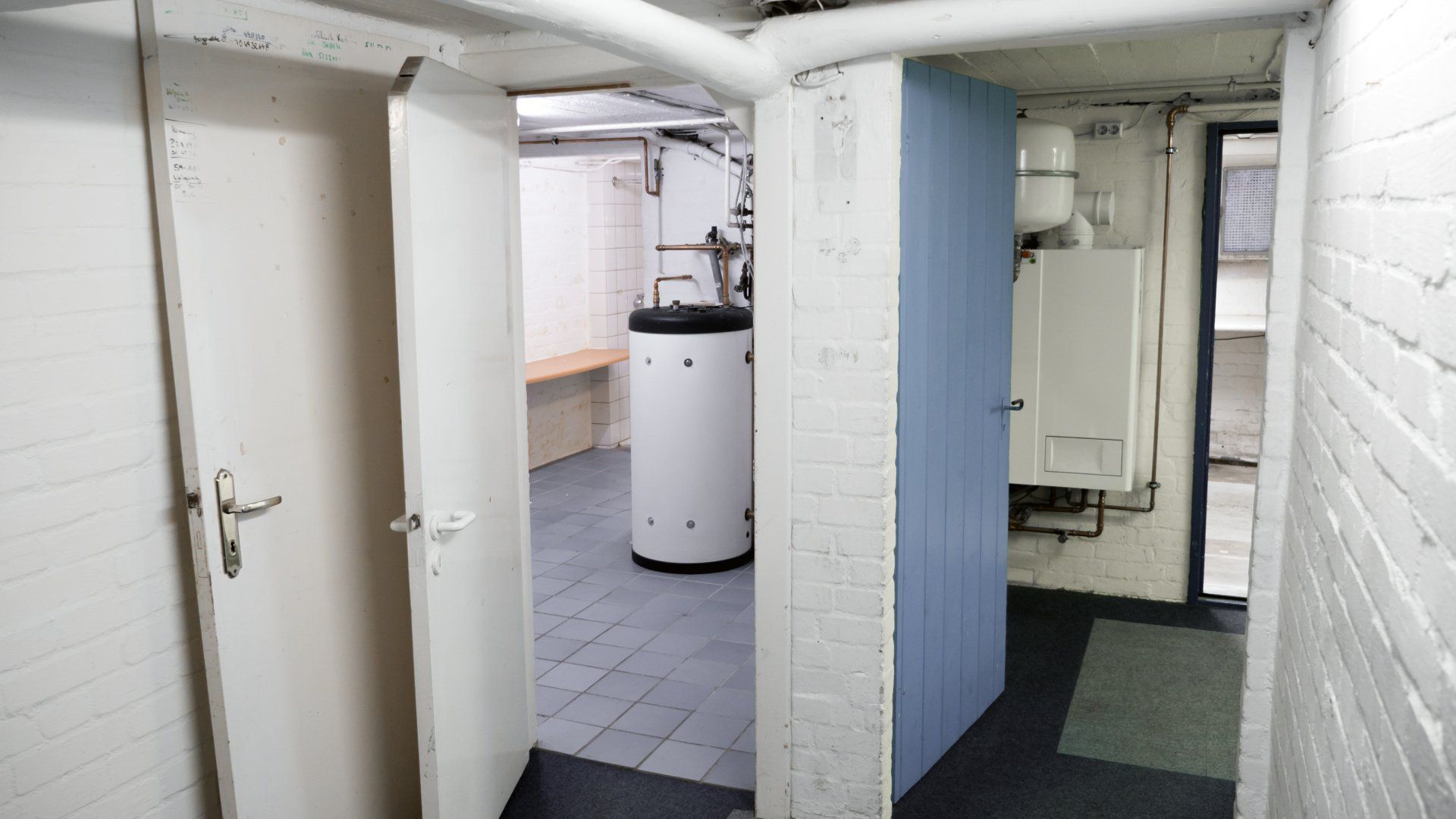
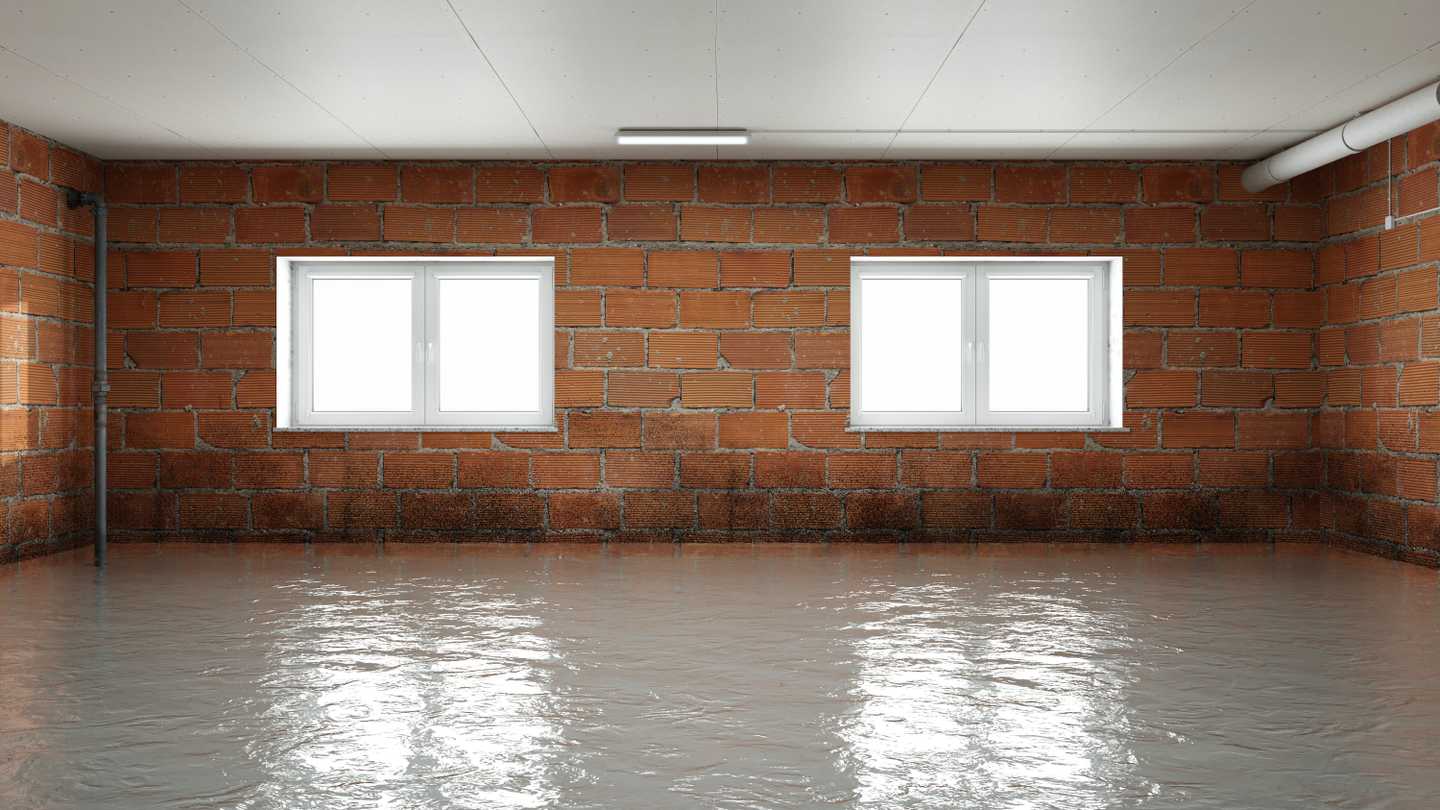
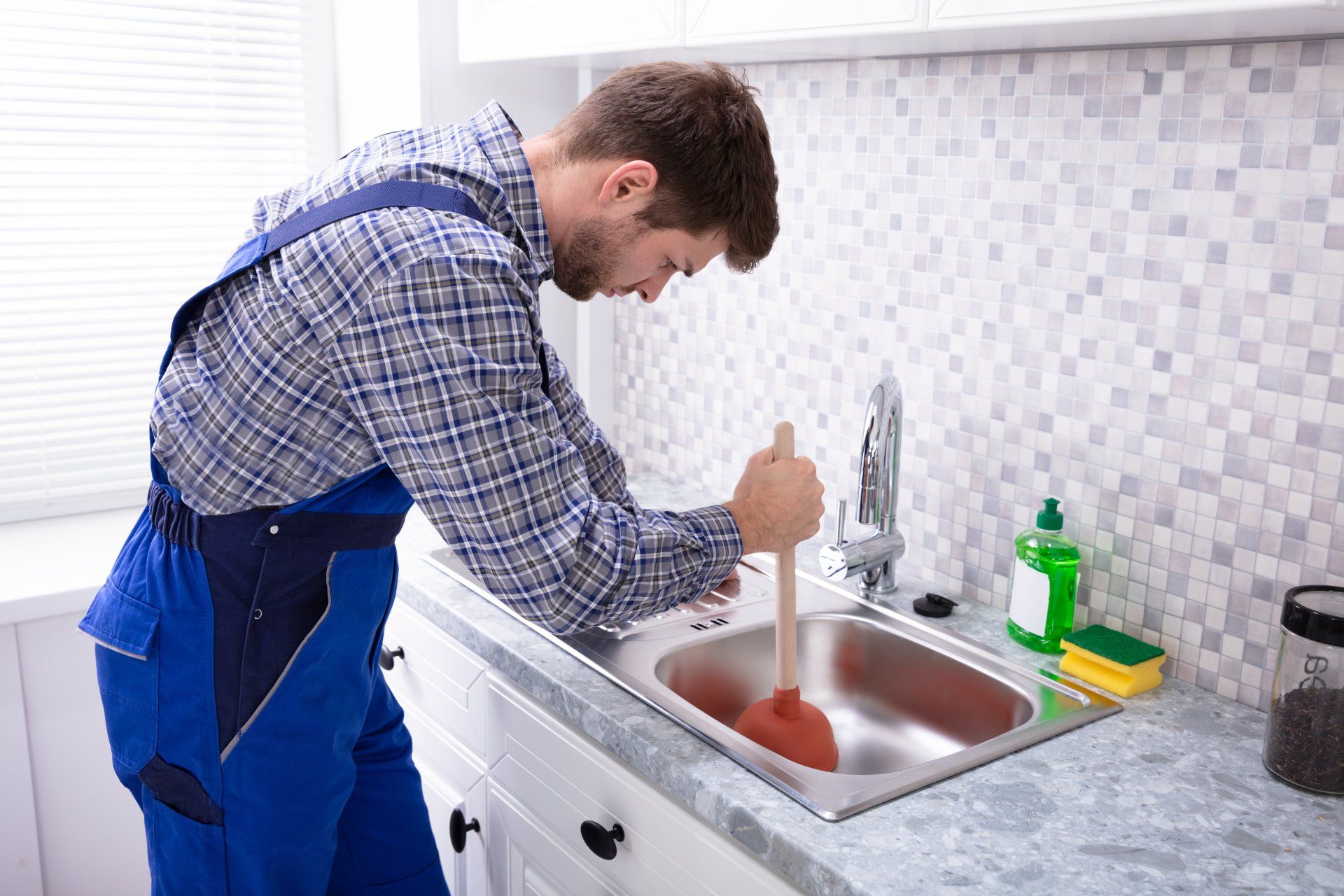
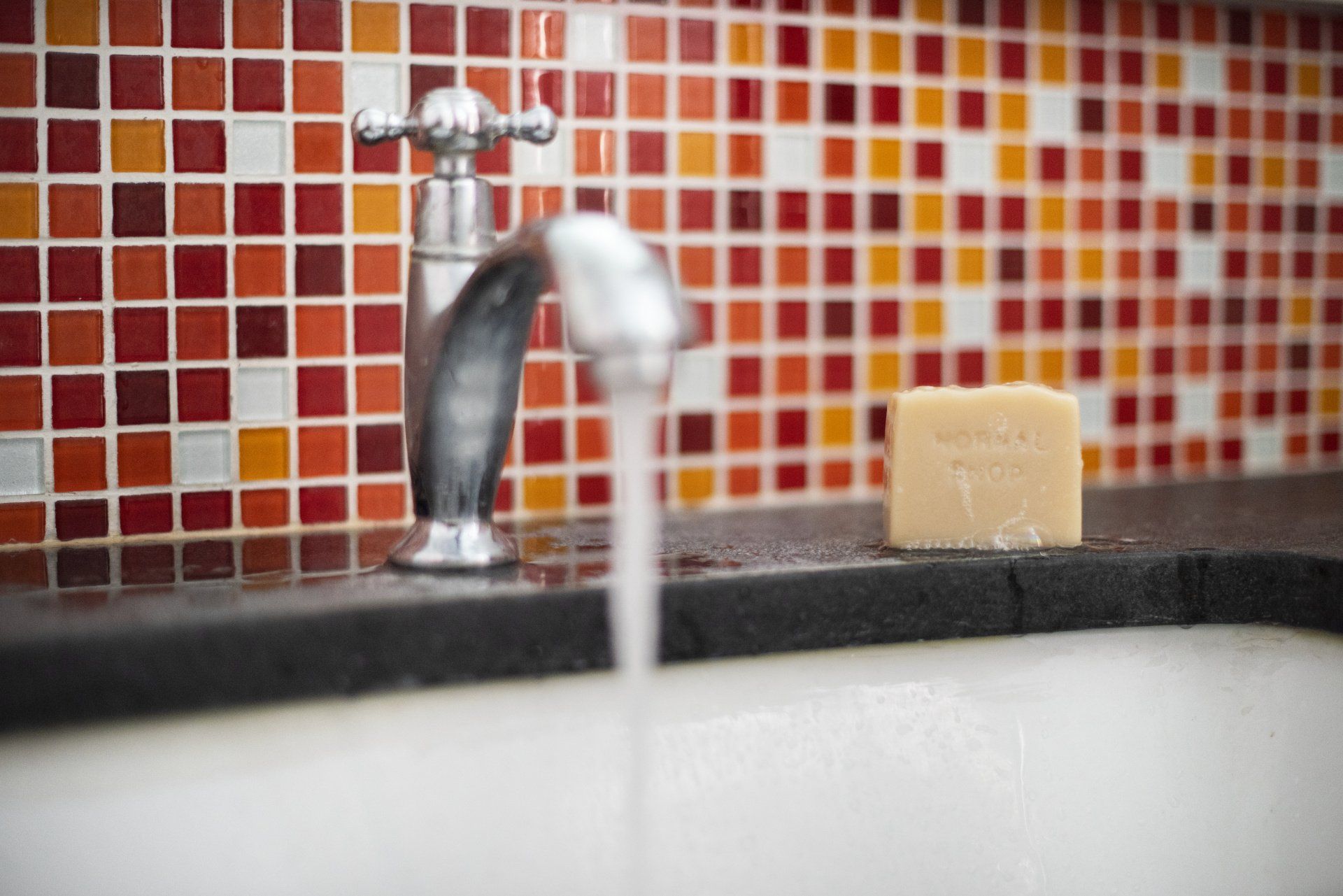
- Appleton, WI
- Hortonville, WI
- Greenville, WI
- Menasha, WI
- Neenah, WI
- Darboy, WI
- Kimberly, WI
- Little Chute, WI
- Freedom, WI
- Sherwood, WI
- Larsen, WI
- New London, WI
- Black Creek, WI



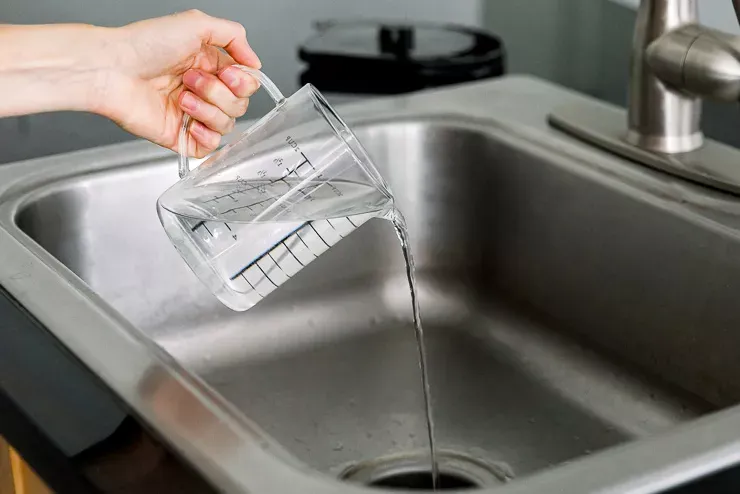
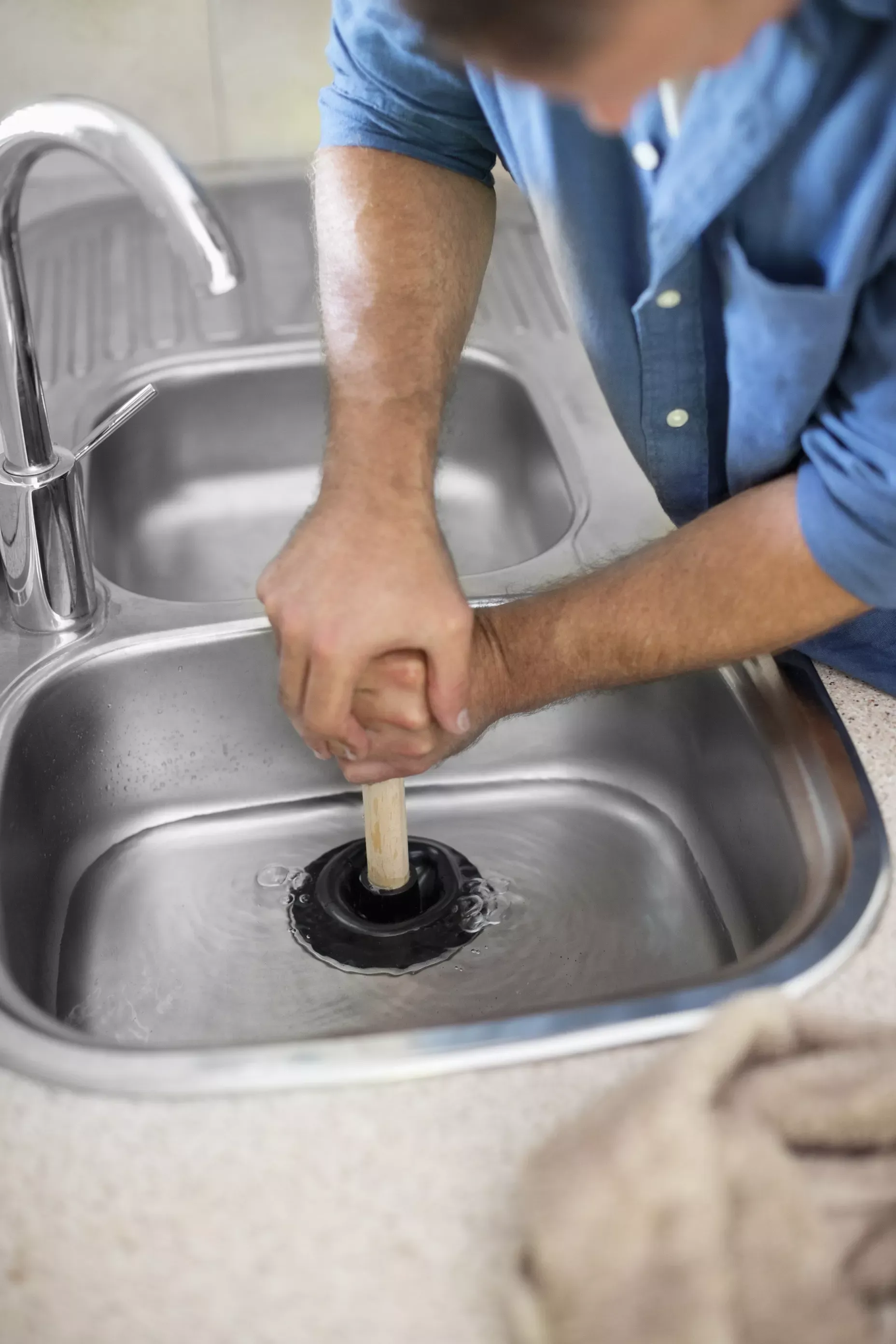
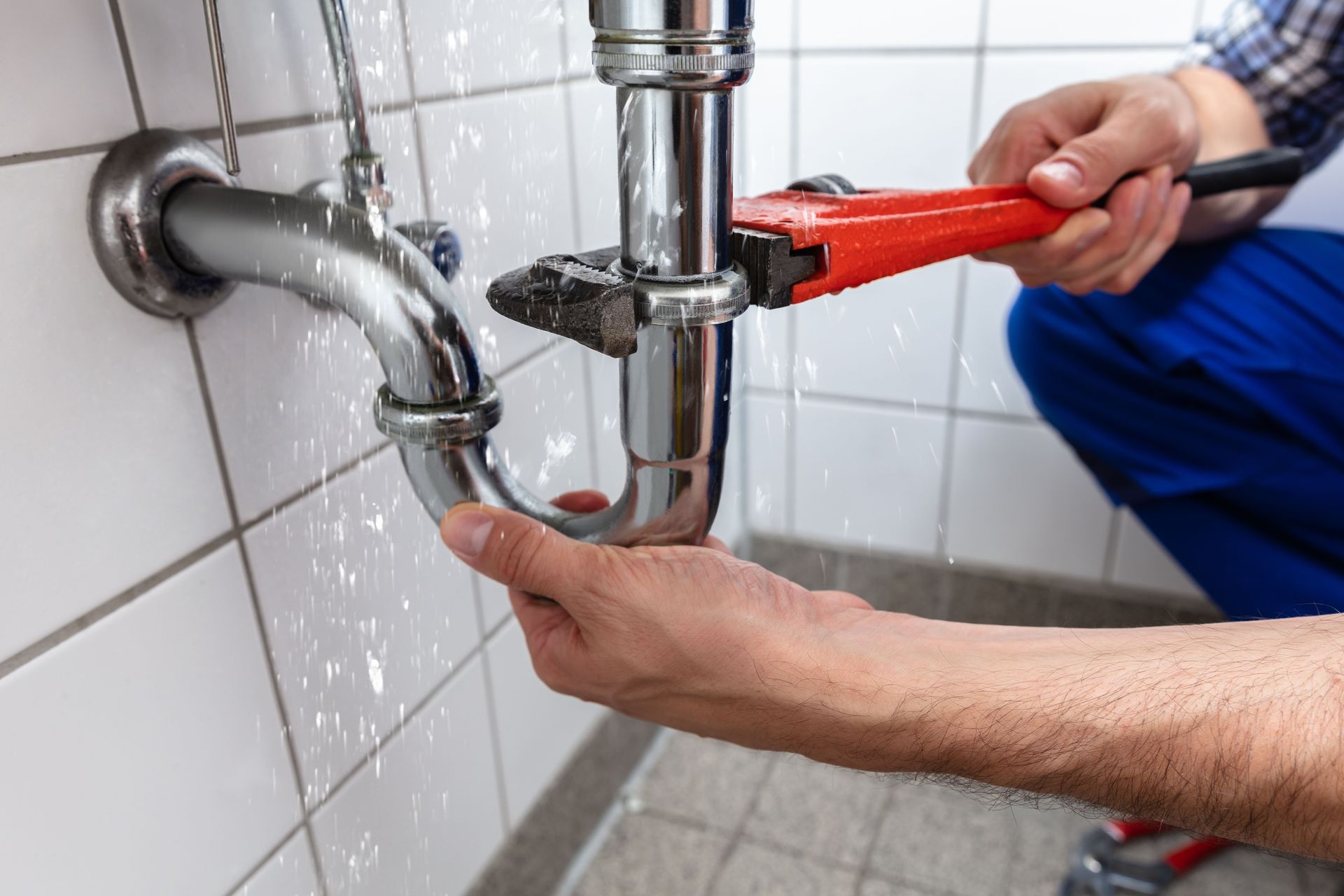
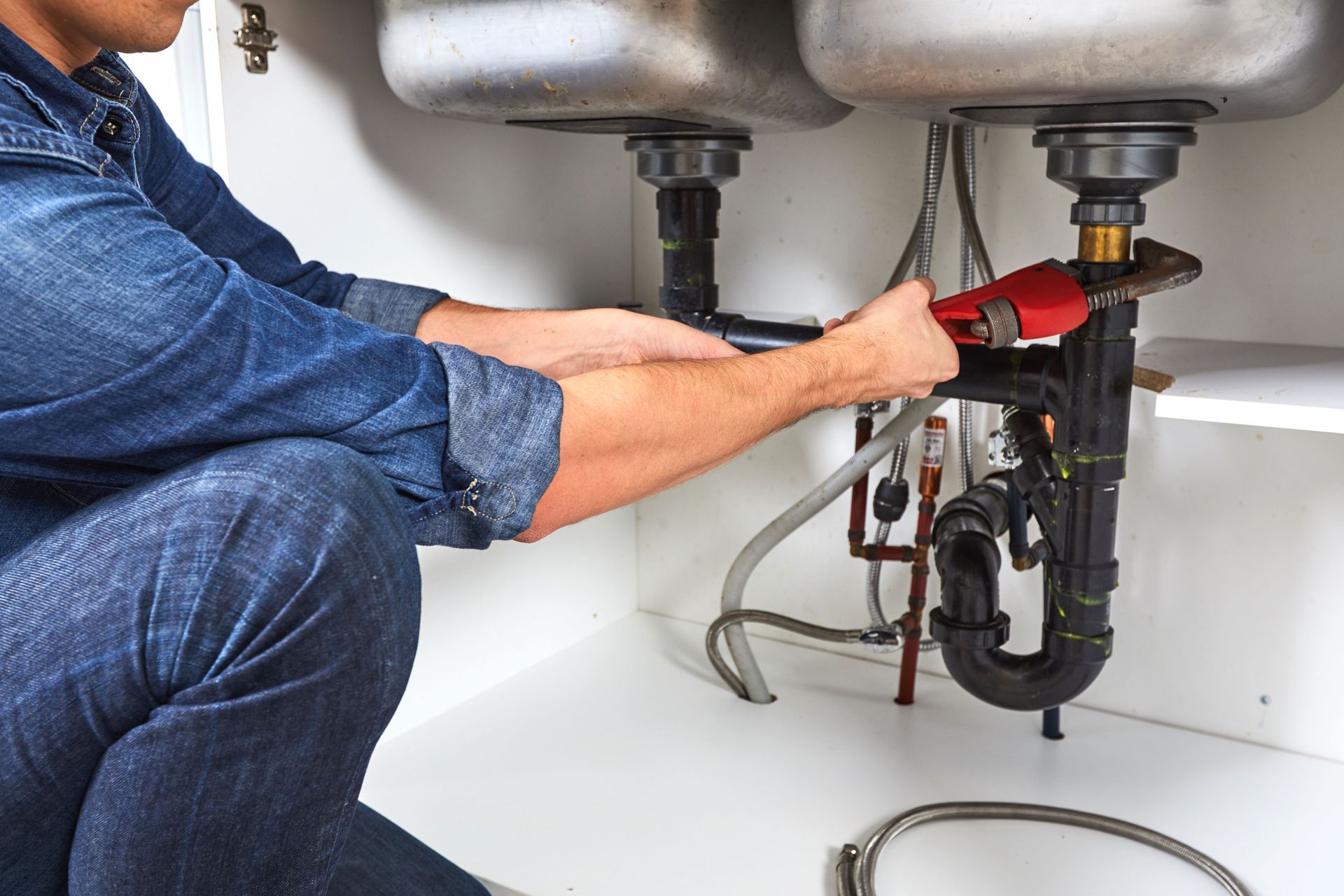
Share On: